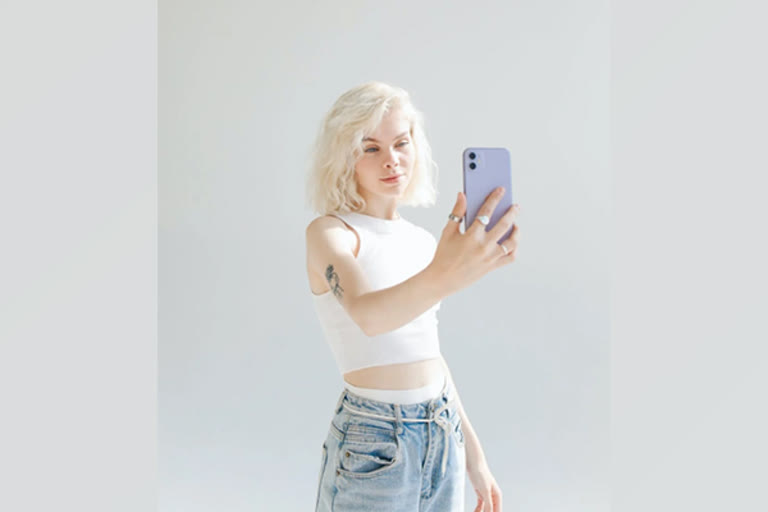Dallas (Texas): Researchers have found that cellphone selfies can distort facial features which may be driving an uptick in requests for plastic surgery. The findings were reported in the journal, 'Plastic & Reconstructive Surgery'. The results have highlighted an unexpected consequence of social media and the need for plastic surgeons to discuss this phenomenon with their patients.
"If young people are using selfies as their only guide, they may be coming to plastic surgeons to fix problems that don't exist except in the world of social media," said study leader Bardia Amirlak, M.D., Associate Professor of Plastic Surgery at UT Southwestern. Dr Amirlak explained that patients increasingly use photographs they've taken with a smartphone camera to discuss their goals with a plastic surgeon. There's a documented relationship, he added, between the increase in selfie photographs and an increase in requests for rhinoplasty -- or surgery to alter the appearance of the nose -- particularly among younger patients. However, because cameras can distort images, especially when photographs are taken at close range, selfies may not reflect an individual's true appearance.
To investigate how selfies might alter the appearance, Dr Amirlak and his colleagues worked with 30 volunteers: 23 women and seven men. The researchers took three photographs of each person -- one each from 12 inches and 18 inches away with a cellphone to simulate selfies taken with a bent or straight arm, and a third from 5 feet with a digital single-lens reflex camera, typically used in plastic surgery clinics. The three images were taken in the same sitting under standard lighting conditions.
Also read:Researchers say 'surgery selfies' could spot serious infections
The selfies showed significant distortions. On average, the nose appeared 6.4 per cent longer on 12-inch selfies and 4.3 per cent longer on 18-inch selfies compared to the standard clinical photograph. There was also a 12 per cent decrease in the length of the chin on 12-inch selfies, leading to a substantial 17 per cent increase in the ratio of nose-to-chin length. Selfies also made the base of the nose appear wider relative to the width of the face. The participants' awareness of these differences was reflected by how they rated the photos when compared side by side.
Carrie McAdams, M.D., PhD, Associate Professor of Psychiatry at UT Southwestern and a member of the Peter O'Donnell Jr. Brain Institute, noted that these distorted images can have a lasting impact on how selfie-takers see themselves. "Adolescents and young adults are expected to develop a stable sense of self-identity, a neurodevelopmental process related to making comparisons of oneself with others. Unfortunately, selfies emphasize the physical aspects of oneself in making those comparisons and have been associated with lower self-esteem, lower mood, and increased body dissatisfaction," she said.
"Many changes in our society, including selfies, social media, and isolation from COVID-19, have led to escalating rates of mental health problems in this age group, including depression, anxiety, addiction, and eating disorders," she added. Because the images were taken with one brand of cellphone, Dr Amirlak suggested that future research should investigate how prevalent this phenomenon is across different phones. "As the popularity of selfie photography increases. It is crucial to understand how they distort facial features and how patients use them to communicate," the study authors concluded.
ANI
